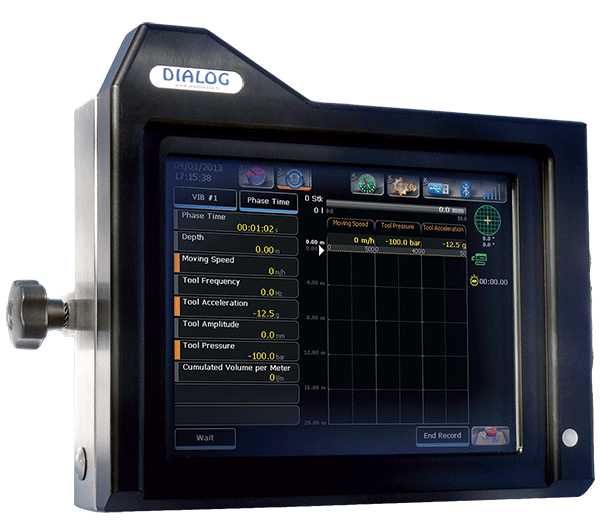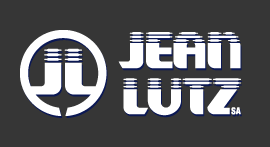CFA (continuous flight auger) also known as “Cast In situ” and “Injected Bored Piles” are a type of pile that are constructed by boring into the ground with a flighted auger that has a hollow pipe in the center. Some ground material is carried out of the pile by the flights and the rest accumulated on the flights of the auger.
When the required depth is achieved concrete or grout is pumped down the center of the auger and the auger extracted either without rotating or rotating in the forward direction so that all material in the pile is extracted on the auger flights.
It is critical that the extraction speed is a little less than the injected concrete volume requires, typically 10% to 30%. Then steel reinforcement is placed in the liquid concrete / grout in the form of a steel cage then left to set.
Extract too fast and you risk necking the pile, contaminating the pile with dirt sucked in from the sides, this greatly weakens the piles strength / viability and may make cage insertion impossible.

Extract too slow and you risk over pressurizing the ground causing ground heave and forcing the liquid and fines from the concrete / grout into the surrounding soil. This greatly weakens the concrete / grout strength and also may make cage insertion impossible.
Without instrumentation the rig operator must count the pump strokes and try to match his extraction rate to what would be required for the 10% to 30% extra without necking or over pressurizing. Some rig operators have been surprising god at this but it does not take much for the process to go very wrong.
Fortunately modern instrumentation can provide more information for the operator and give them a guide to extract faster or slower by monitoring mast inclination, concrete pressure, depth, rotation torque, rotation speed, extraction rate, concrete / grout volume and distribution.
More detailed information is available in the .pdf brochure below.
View the Brochure Here


